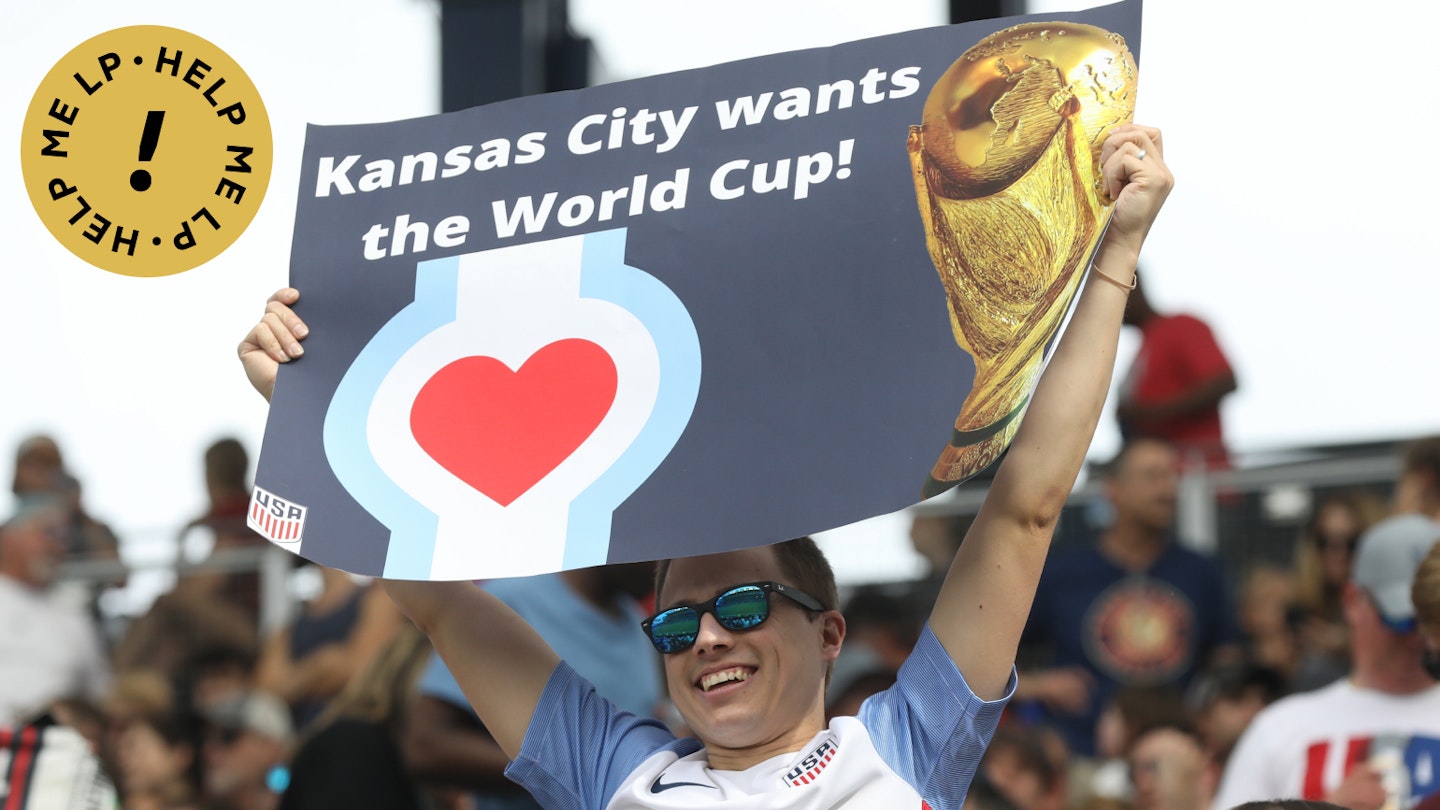Prepare for the 2026 FIFA World Cup with GoTravelDaily
Question: Between watching the last World Cup and FIFA’s recent destination announcement, I really want to attend a tournament. How do I go about getting tickets to the World Cup in 2026?
US-based Lonely Planet writer John Garry: It’s easy to understand why anyone who saw the World Cup in Qatar would catch a case of footy fever: the non-stop, unscripted drama of serious soccer playing is more nail-biting than anything you’ll find on Netflix. The coronation of Lionel Messi as World Cup king was the stuff of legends. The surprise success of Morocco will be remembered for decades to come. There’s a reason the World Cup is the world’s most-watched sporting event.
However, if you want to get tickets to FIFA’s 2026 World Cup, you’ll have to wait.
“Information regarding ticketing for the FIFA World Cup 2026 will be available in due course,” says FIFA’s website. “Please check this page regularly for further updates.”
To receive information about applying for tickets, register here. According to the United 2026 World Cup bid book, tickets will likely go on sale in 2025.
Moreover, there’s plenty to consider while waiting for tickets to drop. FIFA recently announced where the upcoming games will take place – and it’s never too early to start making travel plans.
When is the World Cup?
Unlike the 2022 Qatar World Cup, which scored millions of international viewers in November and December 2022, the next tournament will return to its usual summer slot. The tournament will last from June 11 to July 19, 2026.
Where will the World Cup 2026 take place?
Games will kick off in 16 cities across North America, and for the first time in World Cup history, they’ll span three countries. Canada will host for the first time, the US will host for the second, and Mexico will become the first country to host the World Cup three times.
The majority of matches will take place across the US, with 11 cities represented: Atlanta (eight games), Boston (seven games), Dallas (nine games), Houston (seven games), Kansas City (six games), Los Angeles (eight games), Miami (seven games), New York (eight games), Philadelphia (six games), San Francisco (six games), and Seattle (six games).
The remaining matches will be split between Mexico’s Guadalajara (four games), Mexico City (five games) and Monterrey (four games), along with Canada’s Toronto (six games) and Vancouver (seven games).

Which cities will host the most popular matches?
Soccer is improvisational – it’s challenging to forecast which games will make it into the pantheon of football favorites. However, to ensure a festive atmosphere, consider visiting a city hosting the tournament’s most spectacular events.
For the opening match, plan a trip to Mexico City around Thursday, June 11, when international teams will square off against one another at the Estadio Azteca.
The final match will take place at New Jersey’s MetLife Stadium on Sunday, July 19 – a 30-minute train ride from New York City. Don’t get confused by the stadium’s name: MetLife will be called the New York New Jersey Stadium for the duration of the event, honoring FIFA’s rule against corporate-sponsored facilities.
For those more interested in the love of the game than the fanfare of a grand finale, consider Dallas, Texas, as a home base for the events. The Big D will host nine matches – more than any other city participating in the tournament. Dallas will also host one of the semifinals, along with Atlanta. Miami will host the bronze final.

What can I do now to prepare for travel?
1. Research the destinations. If there’s a particular team or match you want to see, let that information guide your travel plans.
If you’re less concerned with a specific match, explore all possible locations. The 16 hosting cities represent a diverse swath of urban life in North America. There’s something for everyone – be it verdant Vancouver, BBQ-smoked Kansas City or sun-kissed Los Angeles. Traveling through an exciting metropolis can be just as rewarding as watching a world-class football game.
2. Get the proper travel documents. Unless you’re attending the tournament in your home country, ensure you have an up-to-date passport, valid for six months after any intended travel. (Your passport should be valid through January 2027 to attend the World Cup’s final match in July 2026.) Visitors from outside the host nations should also check visa requirements and obtain any necessary paperwork.
3. Start making a budget and saving money. Attending the World Cup gets pricey, particularly if you want to see the final match in NYC – a city known to be expensive. Although ticket information isn’t available for 2026, the cheapest tickets to Qatar’s final showdown cost roughly $200 for locals and $600 for visitors. Add airfare, on-the-ground transportation, hotels, and food to the mix, and you’re looking at spending a pretty penny.
According to accommodation estimates, traveling from New York to Doha for one week during the 2022 World Cup would’ve cost upwards of $4000 – and that was before buying event tickets or spending money on food. If seeing Argentina fight for another World Cup title is a must-do for you, start setting aside money now.

I can’t wait for the next World Cup. What can I do to scratch the itch?
Passionate football fans don’t have to hold out for the next big FIFA tournament. The 2024 Paris Olympics are right around the corner, with 16 men’s and 12 women’s teams competing for gold on an international stage. Consequently, the World Cup qualifiers are already underway – and the time between now and 2026 will fly by faster than Cristiano Ronaldo dribbling from midfield to the goal.
This article was first published Dec 21, 2022, and updated Feb 7, 2024.





